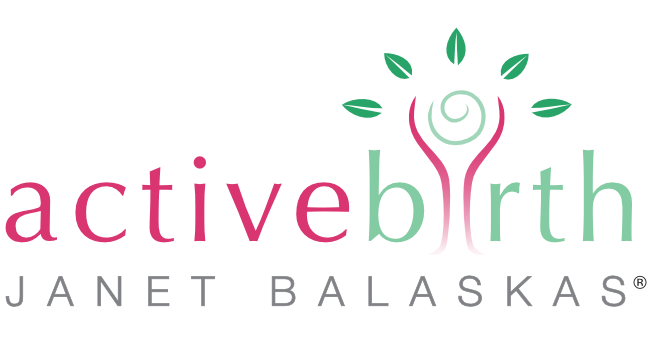Thank you to Helen for this week’s question:
I am healthy and have had a normal pregnancy. Do I need to be induced at 40+ weeks?
At her last check-up Helen was told that induction was strongly recommended if she didn’t go into labour within the next week or so. I’m sure this is a topic most of you will be interested in, especially toward the end of your pregnancy. This recommendation is pretty routine – so good to get informed. There is lots to write about, so I will continue the theme in the next couple of newsletters.
In the UK and many other countries, the length of pregnancy is generally calculated as 40 weeks after the first day of the mother’s last menstrual period – however some women and babies reach full term earlier or later than this, and a range of 37 – 42 weeks is considered normal. It’s estimated that almost one third of pregnant women do not give birth within ten days of their expected due date. Estimates of the baby’s due date are often made using an ultrasound scan these days which are not generally accurate to the day
How the baby starts labour and prepares your uterus
The vast majority of women begin labour spontaneously when both they and their baby are ready. In fact, now it is well documented that the baby itself triggers labour. Around two weeks before the birth the baby’s lungs ‘mature’. This means that the air sacs or ‘alveoli’ fill with surfactant or bubbles and expand in preparation for breathing air.
The fluid that was in the lungs passes into the amniotic fluid and contains a protein called SPA. A small amount of this reaches the mother’s blood stream and is transported to the hormone centre in the mother’s brain, stimulating the release of the main hormone of birth ‘oxytocin’. This results in more contractile activity in the uterus, which many women experience as an increase in late pregnancy contractions. The baby is giving the message ‘I’m ready to breathe and you can increase the oxytocin and start the labour!’
Then, a few days before labour actually starts, the uterus is very full and often feels hard. This can be uncomfortable for both mum and baby! Mum usually feels very fed up with being pregnant and keen for labour to start. The baby responds by producing a stress hormone from its adrenal glands which reintroduces the hormone Oestriol into the mother’s blood stream and effectively ends the pregnancy. During pregnancy Oestrogen is suppressed and progesterone only maintains the pregnancy, but with the re-introduction of oestriol pregnancy ceases and labour can begin.
At the same time this release of oestriol helps to prepare the uterus for labour, increasing the number of oxytocin receptors at the top of the uterus. These are like little gateways that receive the oxytocin, so it can penetrate the uterine muscle. Just before birth there is a huge increase in these receptors, so the muscle can absorb more oxytocin and that will result in more effective contractions. So, unless there is a convincing indication to induce, it’s worth waiting for this natural process to happen.
When labour is initiated before it begins spontaneously, this is known as ‘induction of labour.’
It is common these days for the topic of induction of labour to be introduced as you are getting close to 39-40 weeks. This can make you feel quite pressured and put you into a dilemma causing unnecessary anxiety at a time when you want to feel as calm and relaxed as possible.
Generally it is best to wait for labour to start spontaneously, when you and your baby are ready – provided there are no medical indications that it would be better to get labour started earlier.
In my next newsletter I will continue with this subject and tell you more about methods of induction both natural and medical and when they are indicated or not.
I will also be telling you how to make a medically induced birth more comfortable and successful.
For good information read this booklet:
Inducing Labour: making informed decisions
By Sara Wickham
Available from Amazon
Do send in your questions to me at jb@activebirthcentre.com.
I hope to see you in my Wednesday yoga classes and/or Courses and Workshops.
With my best wishes,
Janet
Disclaimer
Active Birth is designed for mothers who wish to give birth naturally and have had a healthy pregnancy and no medical complications during labour and birth. Aspects of an Active Birth can also sometimes be used in combination with medical interventions. The website and newsletters offer general information only. They are not a substitute for the professional advice, diagnosis or treatment offered by your midwives or doctors. The Active Birth Centre/ Janet Balaskas in general, accept no liability for the guidance herein, and advise that you do not disregard professional medical advice and inform yourself with other trusted evidence-based sources of information when making your decisions.

